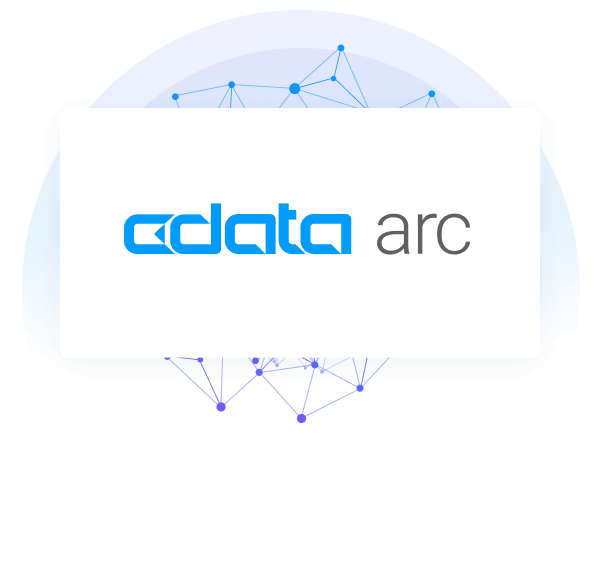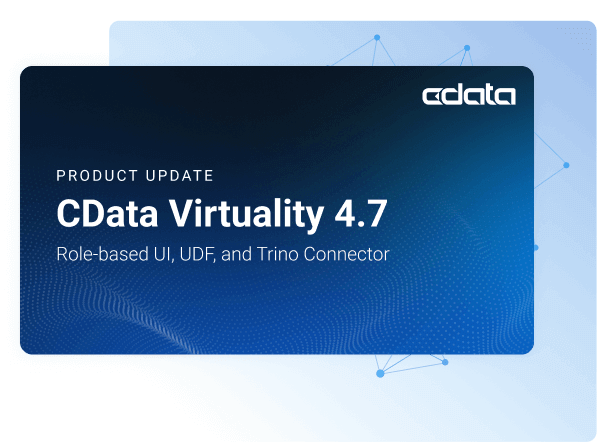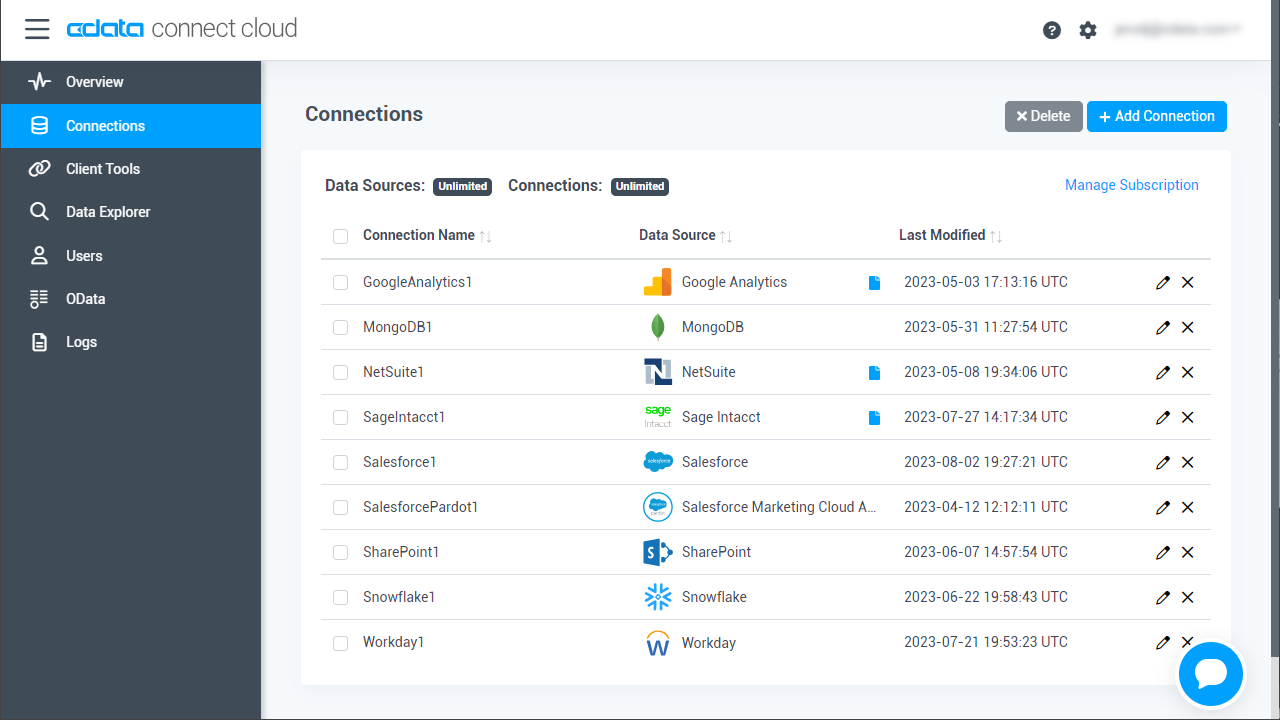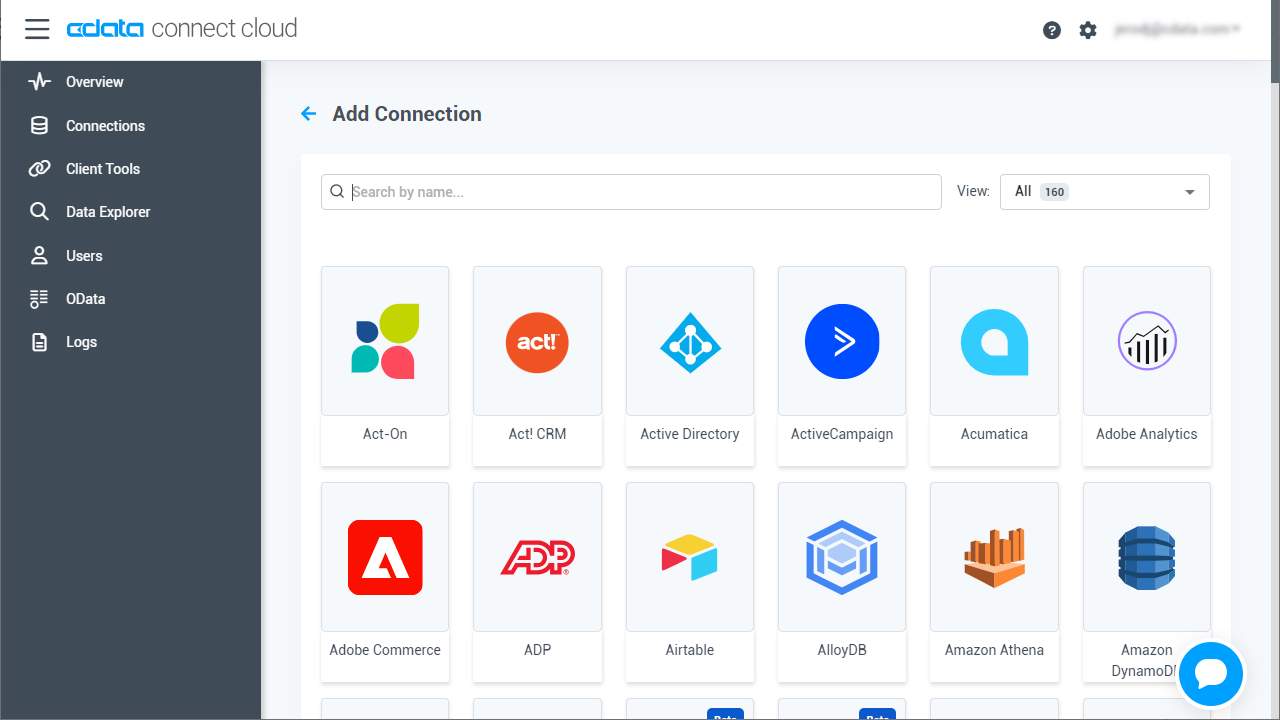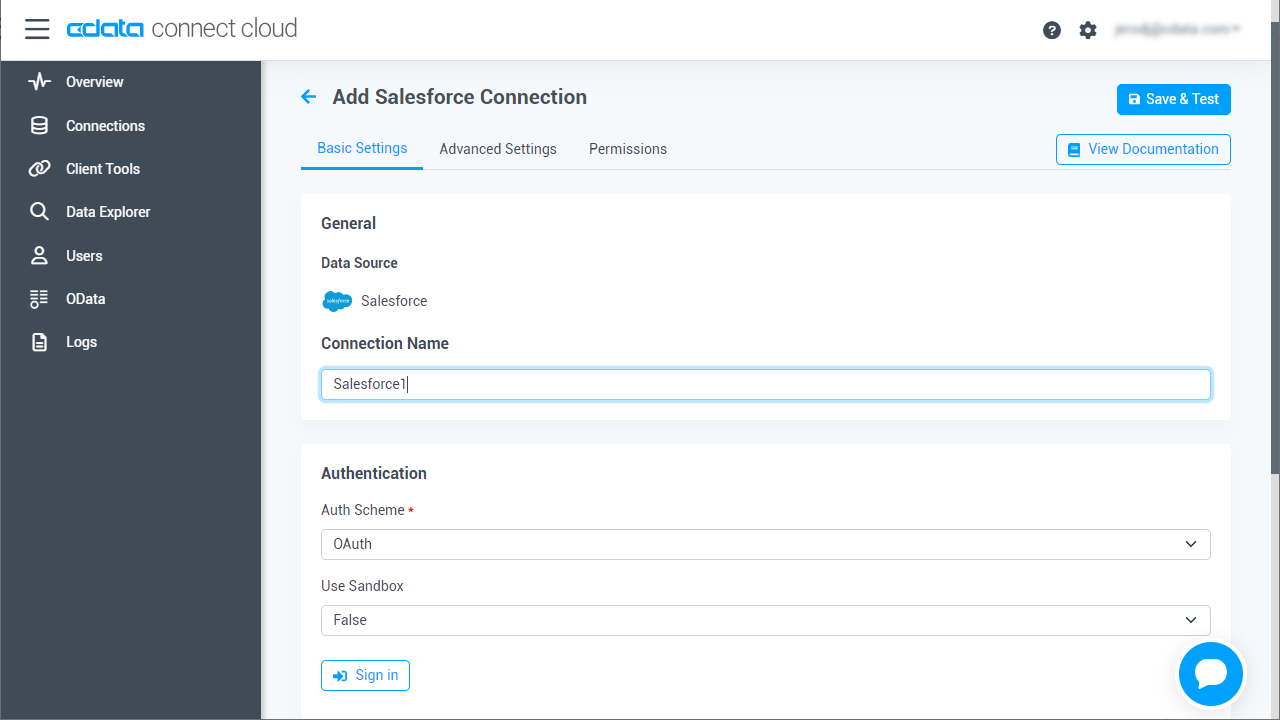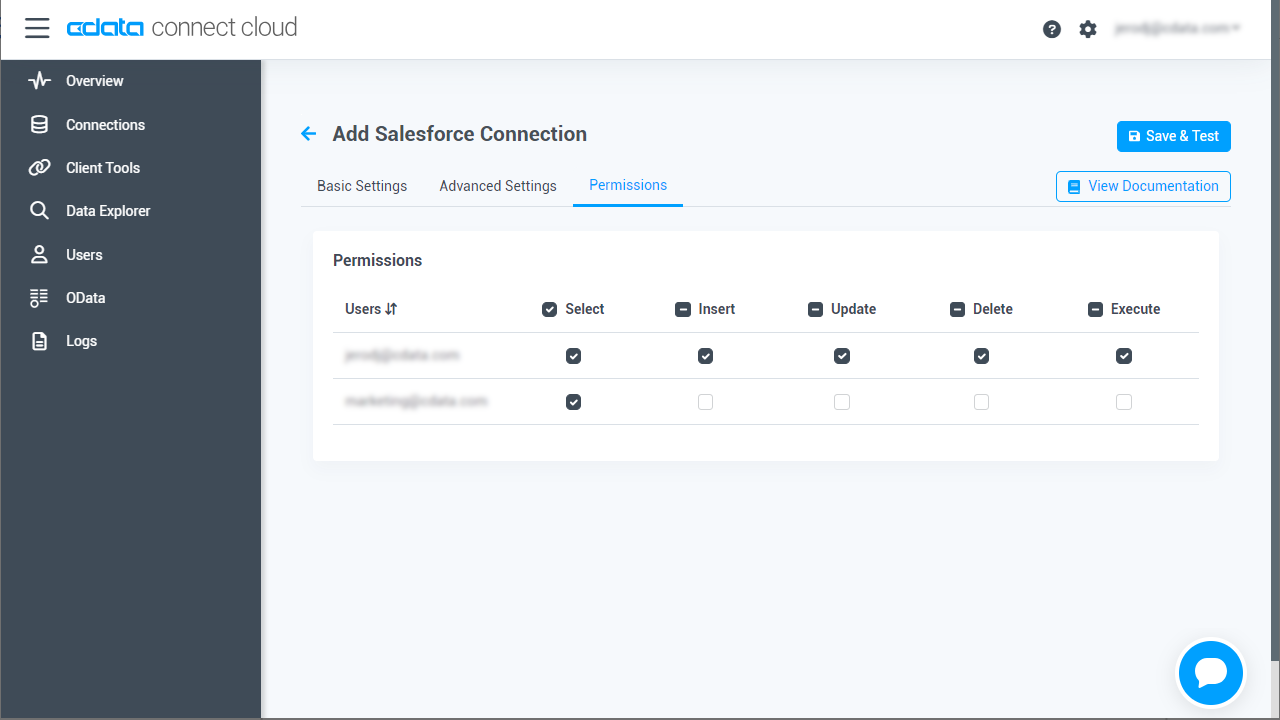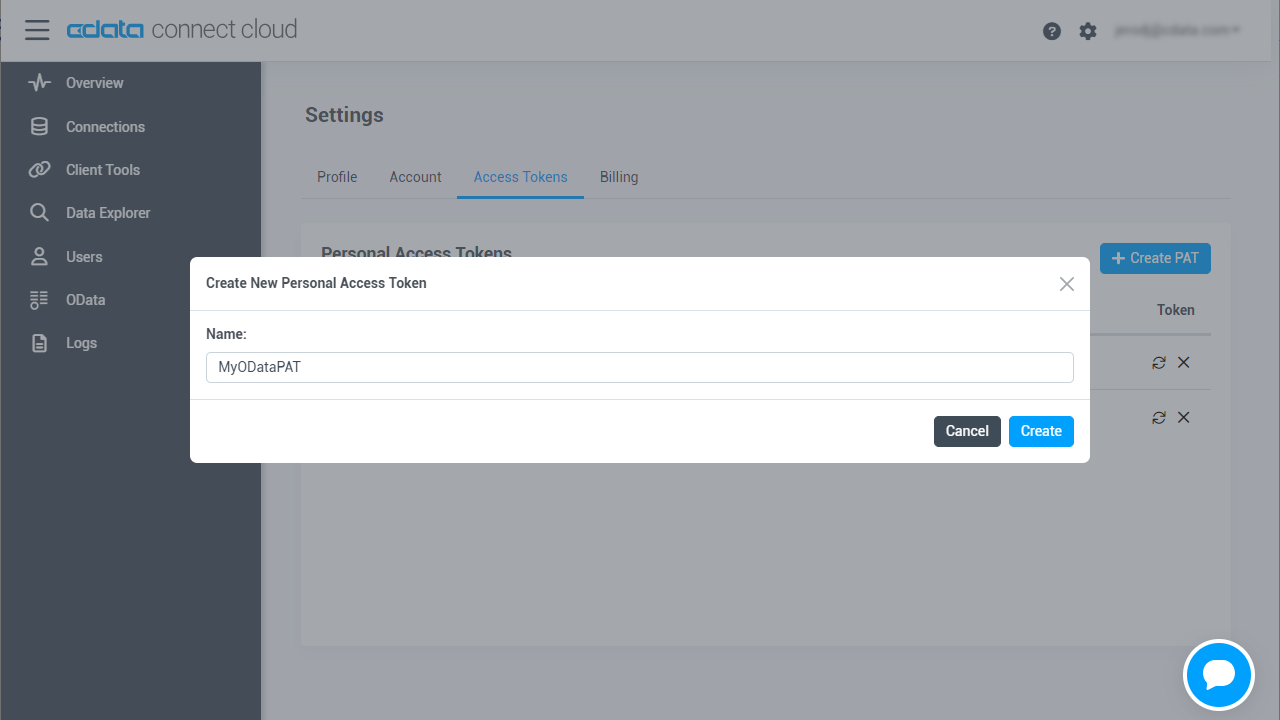Discover how a bimodal integration strategy can address the major data management challenges facing your organization today.
Get the Report →Query Microsoft Planner Data as a SQL Server Database in Node.js
Execute SQL Server queries against Microsoft Planner data from Node.js.
You can use CData Connect Cloud to query Microsoft Planner data through a SQL Server interface. Follow the procedure below to create a virtual database for Microsoft Planner in Connect Cloud and start querying using Node.js.
CData Connect Cloud provides a pure MySQL, cloud-to-cloud interface for Microsoft Planner, allowing you to easily query live Microsoft Planner data in Node.js — without replicating the data to a natively supported database. As you query data in Node.js, CData Connect Cloud pushes all supported SQL operations (filters, JOINs, etc) directly to Microsoft Planner, leveraging server-side processing to quickly return Microsoft Planner data.
Configure Microsoft Planner Connectivity for NodeJS
Connectivity to Microsoft Planner from NodeJS is made possible through CData Connect Cloud. To work with Microsoft Planner data from NodeJS, we start by creating and configuring a Microsoft Planner connection.
- Log into Connect Cloud, click Connections and click Add Connection
![Adding a Connection]()
- Select "Microsoft Planner" from the Add Connection panel
![Selecting a data source]()
-
Enter the necessary authentication properties to connect to Microsoft Planner.
You can connect without setting any connection properties for your user credentials. Below are the minimum connection properties required to connect.
- InitiateOAuth: Set this to GETANDREFRESH. You can use InitiateOAuth to avoid repeating the OAuth exchange and manually setting the OAuthAccessToken.
- Tenant (optional): Set this if you wish to authenticate to a different tenant than your default. This is required to work with an organization not on your default Tenant.
When you connect the Driver opens the MS Planner OAuth endpoint in your default browser. Log in and grant permissions to the Driver. The Driver then completes the OAuth process.
- Extracts the access token from the callback URL and authenticates requests.
- Obtains a new access token when the old one expires.
- Saves OAuth values in OAuthSettingsLocation to be persisted across connections.
![Configuring a connection (Salesforce is shown)]()
- Click Create & Test
- Navigate to the Permissions tab in the Add Microsoft Planner Connection page and update the User-based permissions.
![Updating permissions]()
Add a Personal Access Token
If you are connecting from a service, application, platform, or framework that does not support OAuth authentication, you can create a Personal Access Token (PAT) to use for authentication. Best practices would dictate that you create a separate PAT for each service, to maintain granularity of access.
- Click on your username at the top right of the Connect Cloud app and click User Profile.
- On the User Profile page, scroll down to the Personal Access Tokens section and click Create PAT.
- Give your PAT a name and click Create.
![Creating a new PAT]()
- The personal access token is only visible at creation, so be sure to copy it and store it securely for future use.
With the connection configured, you are ready to connect to Microsoft Planner data from Node.js.
Query Microsoft Planner from Node.js
The following example shows how to define a connection and execute queries to Microsoft Planner with the SQL Server module. You will need the following information:
- server: tds.cdata.com
- port: 14333
- user: a Connect Cloud user (e.g. [email protected])
- password: the PAT for the above user
- database: The connection you configured for Microsoft Planner (MicrosoftPlanner1)
Connect to Microsoft Planner data and start executing queries with the code below:
var sql = require('mssql')
var config = {
server: 'tds.cdata.com',
port: 14333,
user: '[email protected]', //update me
password: 'CONNECT_USER_PAT', //update me
options: {
encrypt: true,
database: 'MicrosoftPlanner1'
}
}
sql.connect(config, err => {
if(err){
throw err ;
}
new sql.Request().query('SELECT * FROM Tasks', (err, result) => {
console.dir(result)
})
});
sql.on('error', err => {
console.log("SQL Error: " ,err);
})

